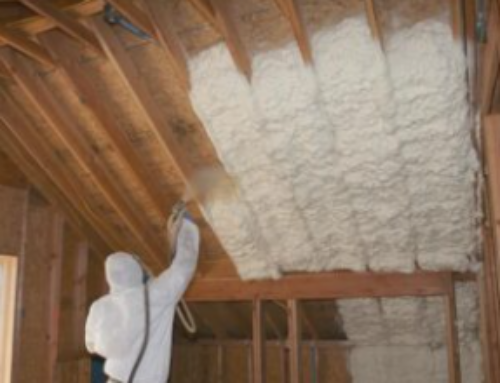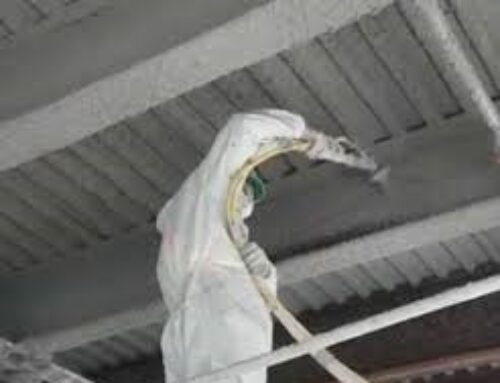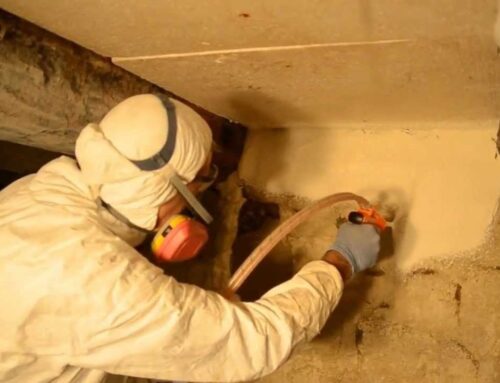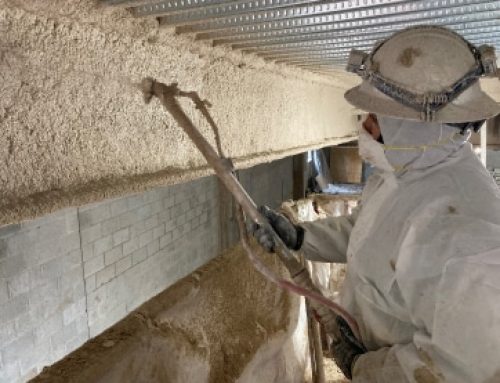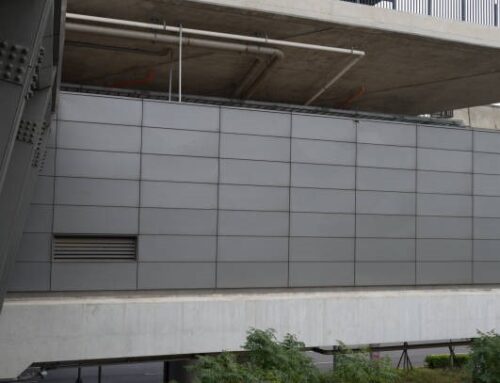When it comes to commercial properties, safety and compliance with building codes are of paramount importance. Fires can pose a significant threat not only to the lives of occupants but also to the integrity and value of the property itself. Code-compliant cementitious fireproofing is the key to safeguarding your commercial property against the devastating effects of fires.
In this blog post, we’ll explore the significance of fire protection, the benefits of code-compliant cementitious fireproofing, and how it ensures your property adheres to the highest safety standards.
What Is Code-Compliant Cementitious Fireproofing?
Code-compliant cementitious fireproofing is a specialized fire protection solution designed to prevent the spread of fires and protect the structural elements of a building during a fire event. It is composed of cementitious materials and fire-resistant additives that create a barrier against flames and high temperatures. This fireproofing solution is designed to meet strict building code standards and provides peace of mind for property owners and occupants.
Benefits of Code-Compliant Cementitious Fireproofing
Code-compliant cementitious fireproofing in Halton Hills offers a range of advantages, making it an excellent choice for fire protection in commercial properties:
- Fire Resistance: This fireproofing method enhances the fire resistance of structural elements, giving occupants more time to evacuate and reducing damage.
- Durability: It withstands high temperatures and maintains its fire-resistant properties over time.
- Compliance: Code-compliant cementitious fireproofing meets the requirements of building codes and regulations, ensuring your property is in compliance with legal standards.
Building Codes and Fire Protection Regulations
Halton Hills, like many other municipalities, has specific building codes and fire protection regulations in place to ensure the safety of commercial properties. Compliance with these regulations is not only a legal obligation but also essential for protecting lives and property. Code-compliant fireproofing is designed to meet and exceed these stringent requirements.
How Code-Compliant Cementitious Fireproofing Works
The science behind code-compliant cementitious fireproofing lies in its ability to create a protective barrier against fire and high temperatures. When exposed to flames, it insulates and shields the structural elements of the building, preventing them from reaching a critical temperature that could compromise their integrity. The application process involves meticulous surface preparation, material application, and curing to ensure its effectiveness.
Application Areas and Critical Components
Code-compliant fireproofing is typically applied to critical areas within a commercial property, including structural steel, concrete, and walls. These areas are susceptible to fire damage, and fireproofing helps maintain their integrity and strength during a fire event.
Compliance with Insurance Requirements
Insurance providers often require commercial properties to meet specific safety standards, including fire protection measures. Code-compliant cementitious fireproofing not only enhances safety but can also potentially reduce insurance premiums, leading to cost savings for property owners.
Long-Term Savings and Property Preservation
While fireproofing is an investment, it offers substantial long-term savings. By preventing or minimizing fire damage, it reduces the costs associated with repairs and replacements. Additionally, it helps preserve the structural integrity of your commercial property, ensuring its long-lasting value.
To Wrap Up:
If you’re a commercial property owner looking to enhance the fire protection of your property, contact Toronto Spray Foam Kings. Our expert team specializes in code-compliant cementitious fireproofing, ensuring that your property adheres to the highest safety standards. Reach out to us today to discuss your project and schedule a consultation.
Discussion
Related Posts
If you enjoyed reading this, then please explore our other articles below:

